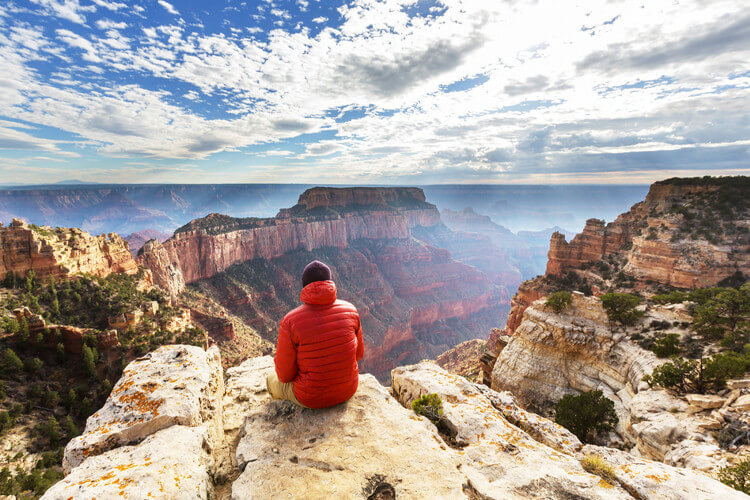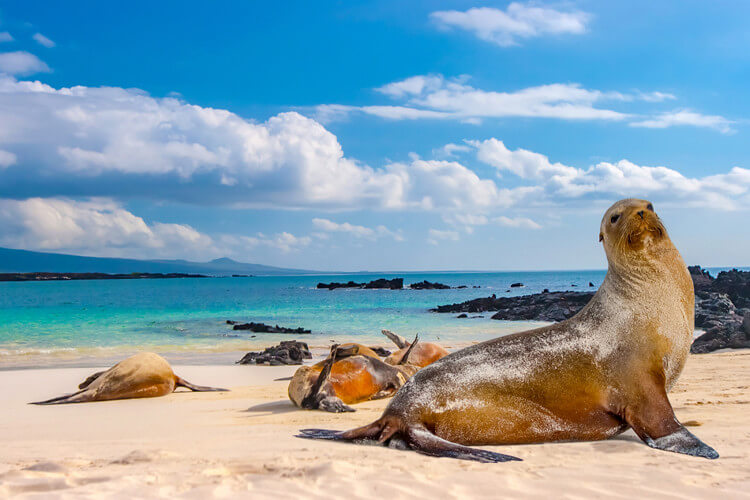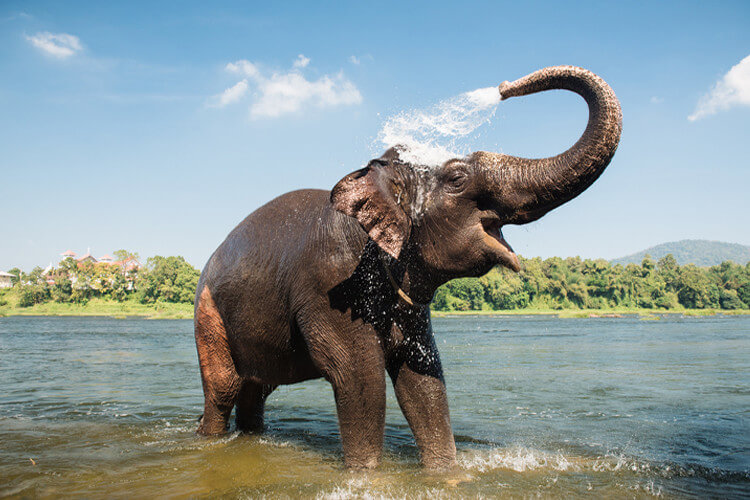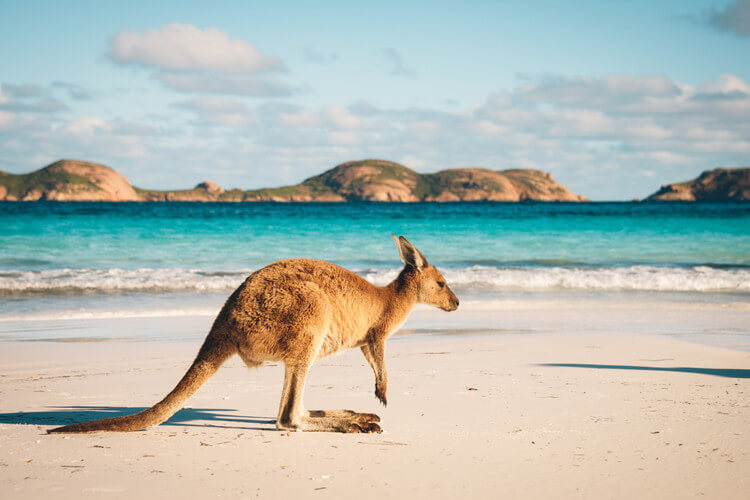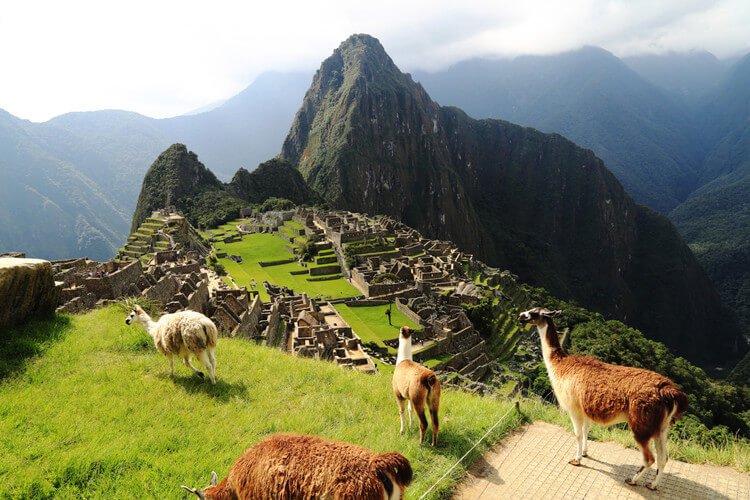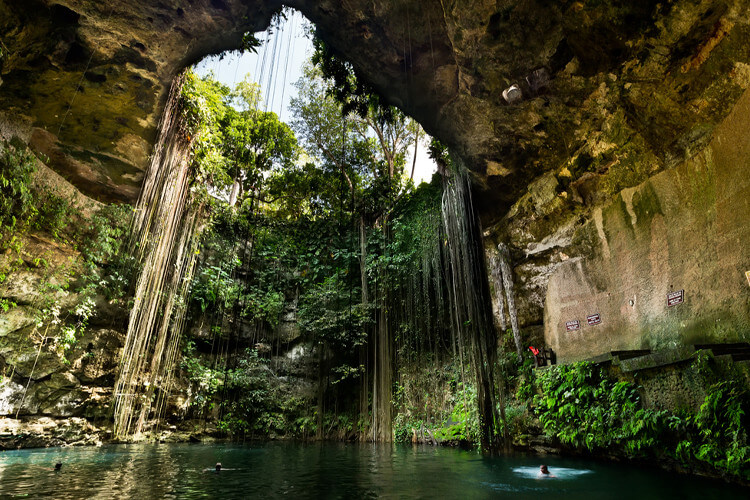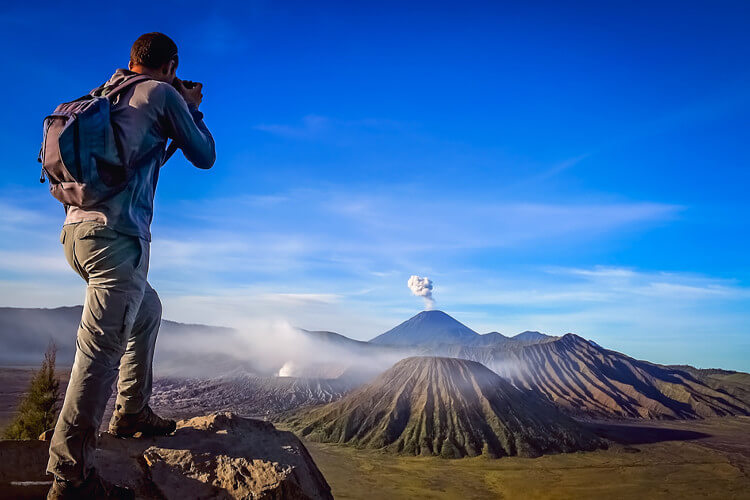Usually, when we think of a country, we think of a specific feature: a desert, forest, ocean, mountains, etc. But what we fail to realize is the huge amount of plants, animals, birds, and other creatures that live in these areas. For adventurers and naturalists who love the outdoors and all of its splendid variety, then these are the countries that should be on your bucket list. Rated from most to least, you'll be surprised to see which countries are actually the most biodiverse places on the planet.
#10 United States
When most people think of the United States they have the unfortunate habit of thinking about places like New York or Los Angeles. These major cities, while wonderful places, don't hold a candle next to some of the most incredible natural formations in the world including Yosemite, the Grand Canyon, and Yellowstone. These places make up a fraction of the US' total ecological regions, with the country claiming home to 21 of the 28 globally defined ecoregions.
#9 Ecuador
Ecuador is smaller than the state of Arizona, but despite that, it is actually more biodiverse than the country, which is nearly eight times its size. Ecuador's territory encompasses portions of the Andes-Amazon region, and even the Galapagos archipelago is a part of the country. As a result of this, Ecuador has nearly twice as many bird species as the United States and is home to 6% of total plant and wildlife in the world.
#8 India
Containing 10 distinct biogeographical zones, there can be no doubt that India is one of the most biodiverse places on the planet. In terms of numbers, India is home to 7.6 percent of all mammals, 12.6 percent of all birds, 6.2 percent of all reptiles, 4.4 percent of global amphibians, an astounding 11.7 percent of all fish, and, finally, 6 percent of all flowering plant species. Some of its best-known animals include some truly magnificent creatures including elephants, rhinos, tigers, and lions.
#7 Australia
Both a continent and an island, there can be no doubt that Australia is already well known for its diverse plant and animal life. These species, at least according to the locals, "are all trying to kill ya," but are also quite beautiful. Containing over 570,000 different species, this little "island country" is home to five percent of the world's plants and animals. These creatures live in areas as magnificent as the Great Barrier Reef all the way to the tropical rainforests that make up this incredible continent.
#6 Peru
It shouldn't be too surprising that there's yet another country from South America on the list. The continent is home to the world's largest rainforest, the Amazon, which is the most biodiverse landmass in the world. But aside from just the rainforest, Peru also has the high ranging geography of the Andes mountains. Between these two magnificent regions, Peru has an incredible 1,800 species of birds, 500 different species of mammals, and 300 species of reptile.
#5 Mexico
Here's an interesting fact: countries that span from north to south as opposed from west to east tend to be more biodiverse regardless of the actual landmass. The reason for this is that as you travel north and south over long distances, the weather will change as opposed to east and west where the weather stays relatively the same. Mexico, a country that goes from north to south, has a stunning amount of biodiversity, and is home to between 10-12% of the world's plants and animals.
#4 China
Not only is China home to the largest population of human beings on the planet, but it is also one of the most geographically diverse places on the planet. Within these many different regions exist thousands of different types of birds, mammals, plants, reptiles, and fish who also call this country home. From the tropical rainforests that can be found in the Yunnan region to the seemingly endless Gobi desert, there can be no doubt that China deserves a well-deserved place on this list.
#3 Indonesia

Indonesia is an archipelago of more than 10,000 different islands, and as a result, much of the world's land and marine life can be found in this beautiful country. Although Australia gets to take home the mantle of having the most diverse species of fish, Indonesia makes a close second. It also has 1615 different bird species and is actually the only place on the planet where you can see amazing animals like rhinos, orangutans, elephants, bears, and tigers all living in the same forest.
#2 Colombia
Coming in second on the list of most biodiverse countries on Earth is Colombia. With 1812 different avian species, bird watchers will be thrilled to find that Colombia boasts more species of birds than anywhere else. Home to some of the most diverse and magnificent ecosystems in the world, Colombia has within its borders the Amazon and Choco tropical rain forests. Additionally, there are the Sierra Nevada and Andes mountains, along with the grasslands of Ilanos and paramos, and finally the islands of the Pacific and San Martin in the Caribbean.
#1 Brazil
Maybe you guessed it, and maybe you didn't; either way Brazil is still the most biodiverse place on the planet, which should come as no surprise when you consider both how large the country is and the incredible ecosystems that thrive in its borders. We would be remiss not to mention its two largest rainforests, the Amazon and the Mata Atlantica, which contain nearly 20% of all plant life on mother Earth! Additionally, Brazil is in second place in the amount of mammals and amphibians, and third in all birds, reptiles, and fish.
